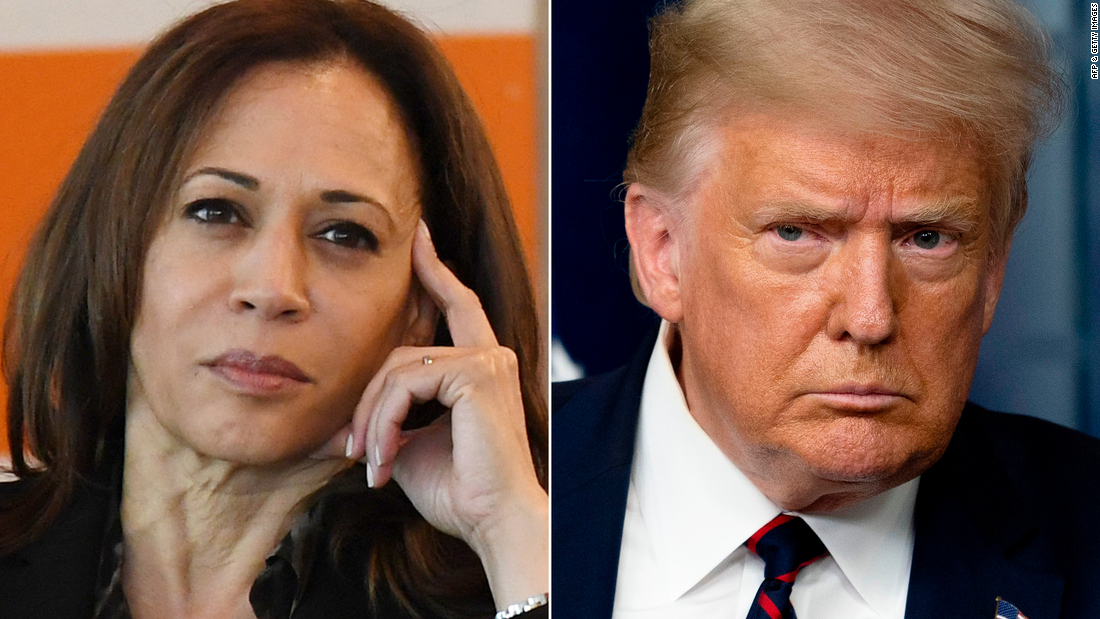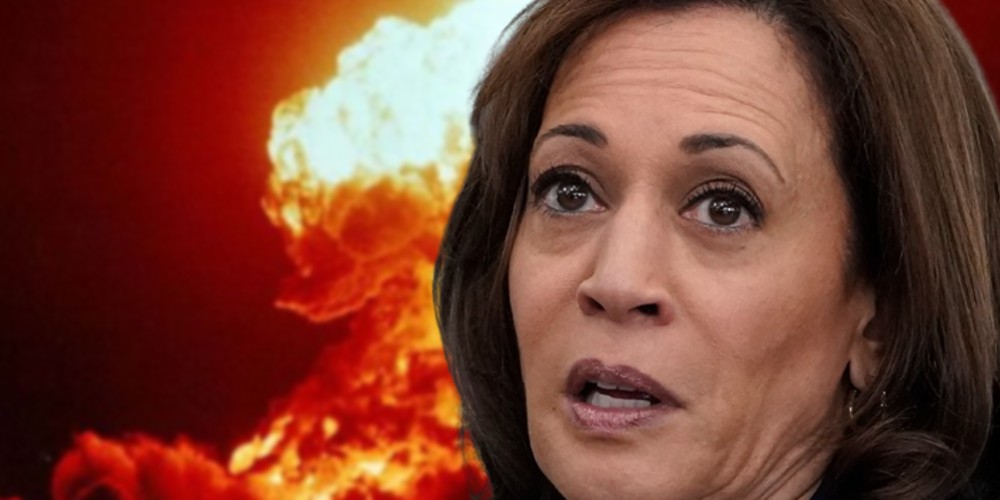
Whoever Becomes the Next US President,
We’ll Need to Redouble Our Efforts for Nuclear Abolition
Jackie Cabasso / Beyond Nuclear International
(September 29, 2024) — Nuclear weapons policy is not an issue in the presidential election. In fact, US foreign policy, with the exception of some controversy over ongoing US arms provisions to Israel, is barely an issue. Even though nuclear weapons are in the media more than they have been for many years — due mainly to the Russian government’s nuclear threats, and to some extent, North Korea’s, there is basically no public discussion or political debate about nuclear weapons in the United States.
The political situation in the US is more volatile and uncertain than at any time in my life. Predicting who is going to be elected president in November is impossible. In the short weeks since President Biden withdrew from the campaign and threw his support behind his vice president Kamala Harris, there has been an extraordinary outpouring of enthusiasm for her campaign, especially among young people and people of color, and a massive surge of financial support from a wide range of constituencies. But at this point, the outcome of the presidential election is too close to call.
What I can say is that US national security policy has been remarkably consistent in the post-World War II and post-Cold War eras. “Deterrence” — the threatened use of nuclear weapons — has been reaffirmed as the “cornerstone” of US national security policy by every president, Republican or Democrat, since 1945, when President Harry Truman, a Democrat, oversaw the atomic bombings of Hiroshima and Nagasaki.
If Kamala Harris is elected in 2024, we can expect more of the same. As confirmed in an August 20, 2024, New York Times story that attracted some notice, an initiative is quietly underway by the Biden administration to beef up the US nuclear arsenal.
As reported by the Times, in March, President Biden approved a highly classified “Nuclear Employment Guidance” plan that seeks to prepare the United States for possible coordinated nuclear challenges from China, Russia and North Korea. This comes as the Pentagon believes China’s nuclear arsenal will rival the size and diversity of the US’ and Russia’s over the next decade.

The bombs will still be bursting in air no matter who wins the presidential election
This plan was hinted at by Vipin Narang, a top Department of Defense nuclear policy official, who recently stated that, while current modernization plans — estimated to cost at least $350 billion over the next two decades — are “necessary,” they “may well be insufficient” to meet current and future threats.
According to Narang, in the face of growing threats from Russia, China and North Korea, “We have begun exploring options to increase future launcher capacity or additional deployed warheads on the land, sea and air legs that could offer national leadership increased flexibility, if desired, and executed.”
According to the head of the National Nuclear Security Administration, Jill Hruby, the US is launching a new nuclear arms race to catch up with and outsmart Russia and China. “We now have seven systems that should be developed and put into production by the mid-2030s. This program is not only a major modernization of all three components of the nuclear triad, but also adds new deterrence capabilities that do not currently exist,” she said.

Trump, Project 2025, and Nuclear War
Donald Trump’s likely nuclear policy is spelled out in a manifesto by Project 2025, a coalition of far-right groups led by the Heritage Foundation. Its 900-page book, “Mandate for Leadership,” is a blueprint for the most dramatic takeover and transformation of US democracy in history and is widely seen as the playbook for a possible second Trump administration.
Trump himself, and a number of Republican members of Congress, have attempted to distance themselves from Project 2025, in some cases, claiming they haven’t even heard of it. This is not plausible. Speaking at a 2022 Heritage Foundation event, Donald Trump declared, “[T]his is a great group. And they’re going to lay the groundwork and detail plans for exactly what our movement will do and what your movement will do when the American people give us a colossal mandate to save America and that’s coming.”
Project 2025 proposes that a second Trump administration prioritize nuclear weapons programs over other security programs, accelerate the development and production of all nuclear weapons programs, increase funding for the development and production of new and modernized nuclear warheads, and prepare to test new nuclear weapons.
Separately, Robert O’Brien, an ex-adviser to former President Trump, has written that in order to counter China and Russia’s continued investments in their nuclear arsenals, the US should resume nuclear testing.
While she did not mention nuclear weapons in her presidential nomination acceptance speech, Kamala Harris chillingly pledged, “As Commander-in-Chief, I will ensure America always has the strongest, most lethal fighting force in the world.” A Harris administration would undoubtedly be far more progressive on domestic issues, but whoever wins the US presidency, our redoubled efforts to press for nuclear abolition will remain an urgent necessity.
Jackie Cabasso is the Executive Director of Western States Legal Foundation, based in Oakland, California. This article is a longer version of a piece originally published by CND.
The opinions expressed in articles by outside contributors and published on the Beyond Nuclear International website, are their own, and do not necessarily reflect the views or positions of Beyond Nuclear. However, we try to offer a broad variety of viewpoints and perspectives as part of our mission “to educate and activate the public about the connections between nuclear power and nuclear weapons and the need to abandon both to safeguard our future”.